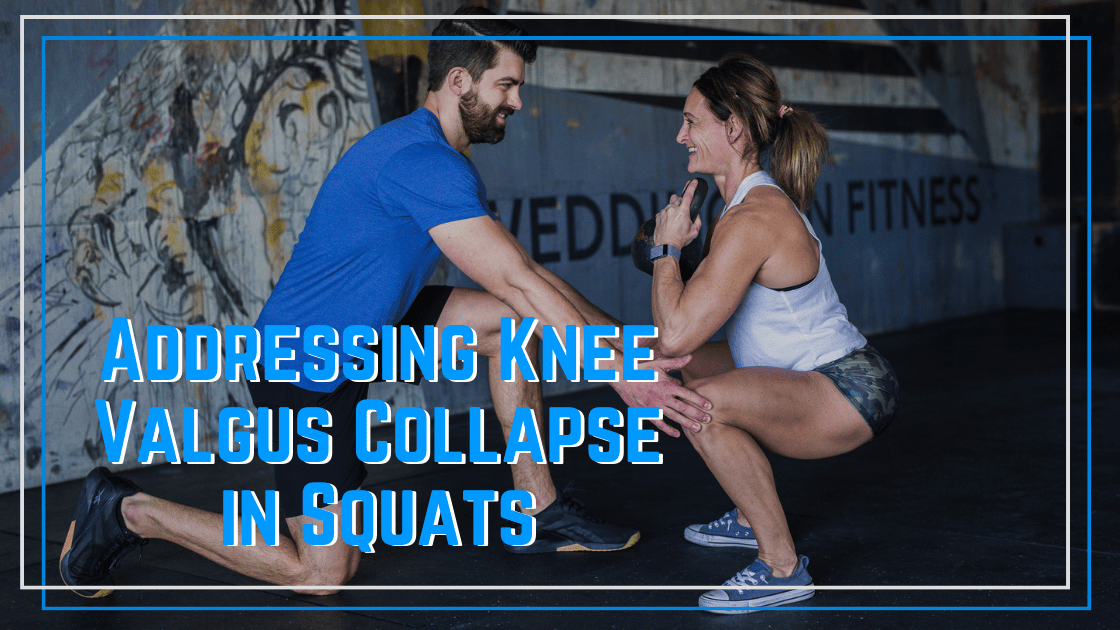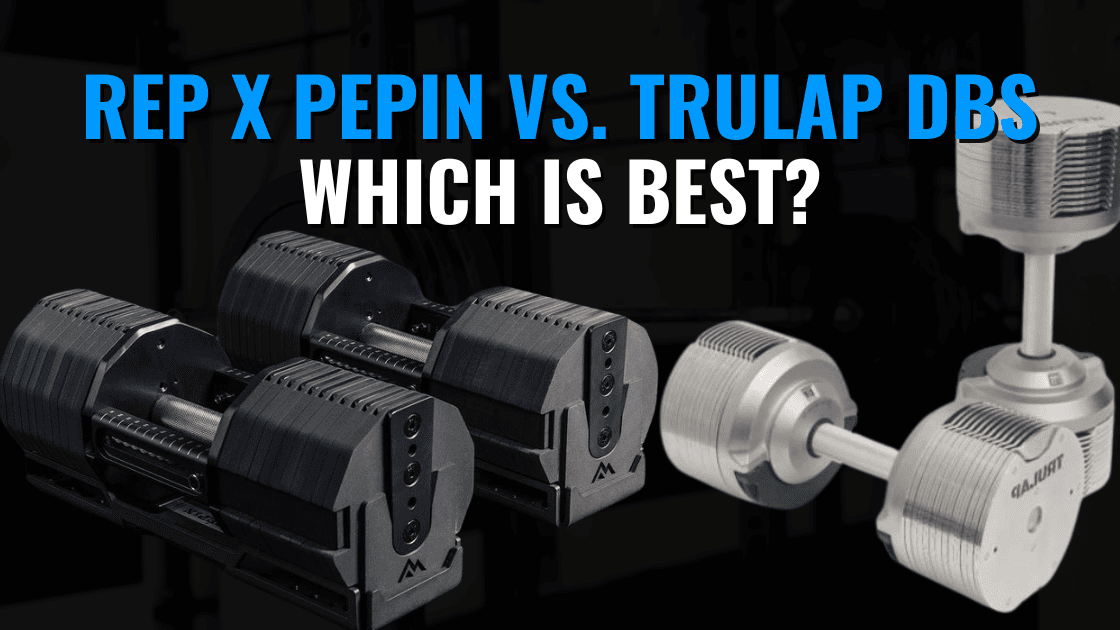Knee valgus collapse is a common issue in squats that can lead to injuries and pain. In this video, Dr. Zach Long will discuss the causes of knee valgus with squats and solutions for this problem.
Understanding Knee Valgus Collapse
Knee valgus collapse is a common issue that many individuals experience, especially during squats. This movement pattern, where the knees cave in towards each other, can lead to increased stress on the knee joint and potentially result in injuries if not addressed properly.
One of the main reasons knee valgus collapse occurs is a weakness of the hip abductors and external rotators. These muscles play a crucial role in maintaining lower limb alignment during movements like squats. The knees are more likely to collapse inwards when the glutes are weak, putting the knee joint at risk.
Another commonly overlooked factor is ankle mobility. Stiff ankles will often result in the athlete going into valgus to compensate for lack of mobility in the ankles.
Elite lifters, on the other hand, may exhibit a quick inward knee movement during the concentric portion of squats. While this may seem counterintuitive to preventing knee injuries, it is important to note that these individuals have developed exceptional strength and control in their lower body muscles. Their quick knee movements result from efficient force production and overall hip and knee stability.
See this previous article for more details on the “adductor whip” often displayed by elite weightlifters.
To address knee valgus collapse, it is essential to focus on strengthening the hip muscles, improving mobility in the ankles and hips, and practicing proper movement patterns during exercises like squats.
Individuals can prevent knee injuries and improve their overall squat performance by addressing the root cause of knee valgus collapse and implementing targeted exercises and mobility drills. Attention to proper form and technique is vital to optimizing lower body strength and reducing the risk of muscle imbalances and joint stress.
Factors Contributing to Knee Valgus in Squats
Regarding knee valgus collapse, two factors can contribute to this issue. I typically assess knee valgus-related issues by first assessing ankle mobility. If stiff, the athlete may not be able to get into better positioning until we improve mobility. If not stiff, focusing our efforts on hip strength is a better bet.
Stiff Ankle Mobility
To test ankle mobility, I use two tests:
- Wall Dorsiflexion test will let us know if we have good mobility pushing the knees over the toes
- We must also look at lateral ankle mobility using the test shown in the video. Often times, lateral ankle stiffness forces the knees in as we squat.
For help improving your ankle mobility, check out our Ankle Mobility Overhaul plan that has helped thousands of athletes unlock their stiff ankles.
Weak Glutes
Weak glute muscles, specifically the gluteus medius, can contribute to knee valgus collapse. When the glutes are weak, they’ll let the hip move into adduction (inward) and internal rotation as we descend in the squat.
To address weak glutes, incorporating exercises that target and strengthen the glute muscles is essential. Movements like hip abductions, glute bridges, and clamshells aren’t usually tough enough to actually get stronger hips.
I prefer movements like lateral taps and single leg squat holds with hip abduction. Use a thick mini-band that makes sets of 10-20 repetitions tough. Superset those with movements like the RNT squat shown in the video to work on learning better positioning in the squat itself.
Our Bulletproof Glutes program is a great accessory plan for athletes needing more glute strength to push their performance to the next level.






